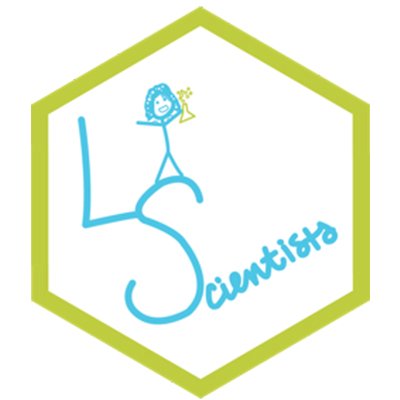Interleaving is the idea that, while learning, we will learn more if we jumble up our review of similar materials, rather than reviewing one concept at a time in a blocked format. Interleaving has been shown to be effective in the laboratory (1) as well as the classroom (2) and for different types of materials (3). One thing that we’ve heard from educators is that they worry interleaving can be too challenging for students and that students need some blocking first.
Cue this week’s research review blog post: Veronica Yan and Faria Sana looked at just this issue (4). Is it possible that blocking is better than interleaving when the material is more challenging? Would some students need blocking before interleaving?
There’s a reason to think they might. For example, in one study, when learners were learning different tennis strokes, blocking was actually a bit better than interleaving for lower-skilled students (5). But what does “lower-skilled” equate to when we’re not talking about tennis? Would we find these same effects across classrooms?
In the present study, the researchers looked at these questions in a number of ways.

